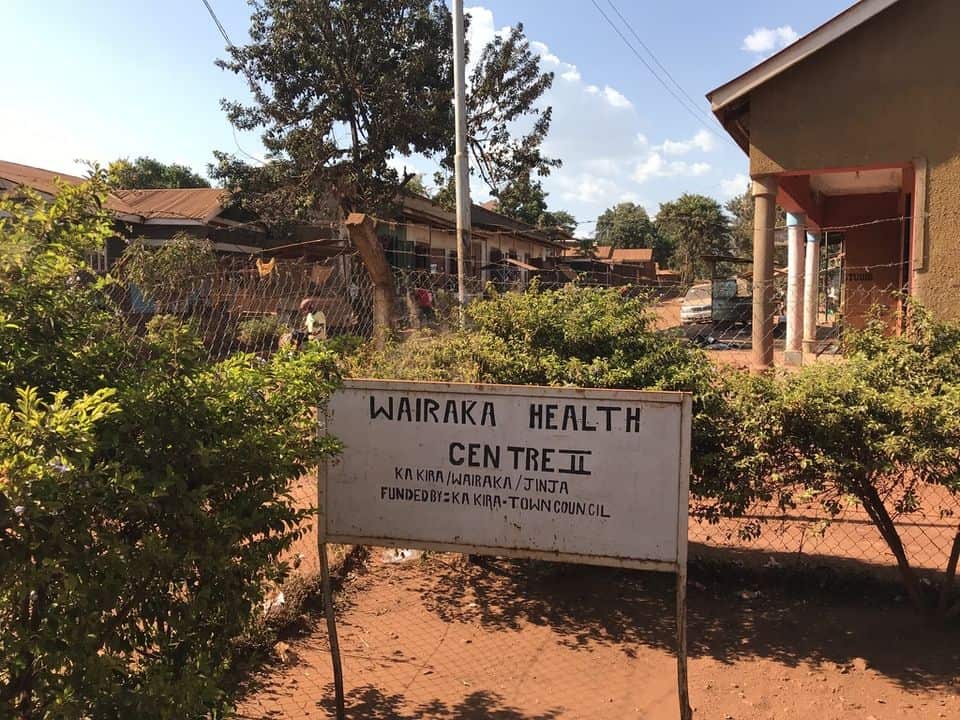By Giles Bristow, Ashden Director of Programmes
In a delivery room in rural Uganda last month, I saw the
human cost of a global health crisis. The clinic, like three quarters of
clinics in sub-Saharan Africa, did not have reliable power. Despite the
problems this brings, I saw skilled staff help a host of women give birth, an
amazing stream of new lives and proud parents.
But, tragically, on the day of my visit, one mother passed
away, leaving her newborn baby and another child behind.
We can’t know if the healthcare centre having reliable power
would have saved her life. But if the hospital had light at night she would
have been encouraged to arrive there earlier. And if staff could have charged
their phones, they would have found it easier to get help when problems arose.
These things would, at the very least, have given her a better chance.
About 1 billion people around the world are served by health
facilities without reliable electricity. It’s easy to forget that behind this
vast number are real people – a brother whose surgery is interrupted by a power
cut, or a child whose vaccine is spoiled by lack of refrigeration.
The UN Foundation’s Clean Energy for Healthcare conference,
taking place in Nairobi on April 24 and 25, will be focussed on this crisis. We
know that renewable energy solutions – such as rooftop solar panels and fridges
that stay cold for days without any power – can transform even the most remote
clinics and bring care to places where it doesn’t currently exist.

Read more
This proven technology is already saving lives. But how can
we spread it to every community?
Listen to staff and patients
For decades, Ashden, has examined how world-leading
innovators bring clean energy to the world. Our experience tells us we must put
people at the heart of energy and health innovation.
We need to empower patients, doctors, nurses, managers and
politicians to drive change – remembering their needs and preferences might be
radically different from country to country, or even neighbourhood to
neighbourhood.
Their insights are vital. Because this is about much more
than buying new equipment. We need to rethink whole health systems, and spark change from the
rural waiting room to the offices of the health ministry.
Successful projects listen to what local communities need,
getting their help to design services and make sure they’re working properly. And
the staff who will use and maintain the equipment every day should be given a
central role at every stage of the process. ‘Bringing health and energy
together’ should be more than an academic theory or conference theme – it should
be a reality in every ward and operating room.
Maintenance is a huge problem, one that shows the danger of
a top-down approach. Technology can easily sit unused without money to fix it,
or a working supply chain for spare parts. Too often we see clinic roofs
plastered with a mix of redundant solar panels, each one the legacy of a
different well-meaning, but badly designed project.
The urgent need for change was confirmed by staff who have told
me the day-to-day impact of working without clean energy. The dentist who said
that people wouldn’t come to be examined for mouth cancers if they had to share
a room with a polluting diesel generator. The nurses struggling to give care
without basic lights and hot water. The gynaecologist who admitted that when
the lights go out, it was impossible to give a patient their full attention.

2018 International Ashden Award for Sustainable Energy and Health
Chhattisgarh State Renewable Energy Development Agency (CREDA)
Read more
This highlights one hidden benefit of clean energy – it motivates
staff. Anyone who’s ever been a patient knows how crucial staff attitude is,
even if the impact is harder to measure than that of a new machine. Clinic managers
will tell you that reliable power makes it easier to recruit and keep staff,
particularly in rural areas, where good healthcare is hard to come by.
Top-down approaches will not work
Lasting, effective clean energy solutions for healthcare only
exist where there is genuine engagement with frontline staff and patients. This
crucial fact should drive the big, systemic changes needed to roll out
renewable energy to clinics and community health services around the world. Technology
is crucial, but people are even more important.
The World Health Organization has committed to work towards universal
electrification of health facilities with sustainable energy by 2030. Top-down approaches
will not help us reach this ambitious target.
Governments, donors, funders and innovators need to listen to people on the ground – and work together. If they do, life-saving change is possible. On the day of my visit to Uganda, I watched as a host of solar panels were installed on the clinic roof, the staff were trained to use the equipment attached, and a maintenance schedule was arranged – great news for the mothers and babies coming through its doors in the years ahead.
- Support Ashden’s Energising Health Appeal today, and we’ll double your donation.
This article first appeared in The Standard.

